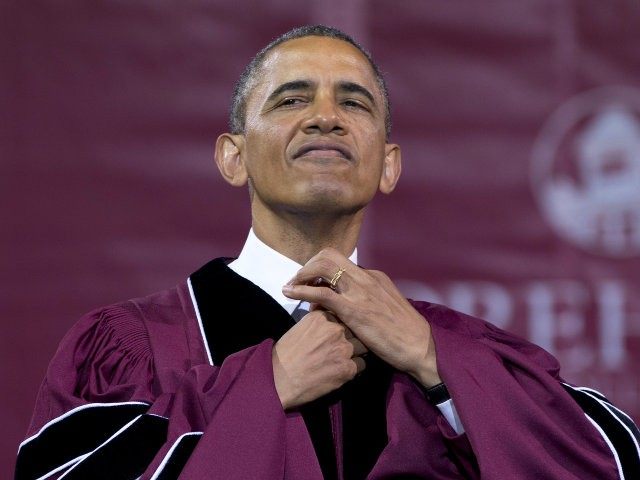Facing strong opposition from parents and both political parties, Barack Obama is abandoning plans to tax college savings accounts, also called 529s.
In making the announcement, the White House also said it will “keep an expanded tuition tax credit at the center of his college access plan.”
The decision came just hours after Speaker John A. Boehner of Ohio demanded that the proposal be withdrawn from the president’s budget, due out Monday, “for the sake of middle-class families.” But the call for the White House to relent also came from top Democrats, including Representatives Nancy Pelosi of California, the minority leader, and Chris Van Hollen of Maryland, the ranking member of the Budget Committee.
While the WH sought to portray the initial plan as taxing the wealthy to benefit the middle class, analysis indicated that a large number people who are far from “wealthy” were benefiting from the ability to put money away for their children’s higher education without fear of it being taxed.
Both current House Speaker Republican John Boehner and former Speaker Nancy Pelosi came out against Obama’s initial plan. The New York Times reports:
The contretemps over college accounts held broader lessons. For one, tax reform and “simplification” have great appeal in the abstract, but many specific provisions of the tax code have large and vocal constituencies. In addition, Americans’ concept of the middle class is far more elastic than that of economists.
“That’s as middle class as it gets,” Representative Marlin Stutzman, Republican of Indiana, said of 529 college accounts.
But there is a continuing debate over the definition of middle class. The median household income is $53,046. Some economists have put a band around that figure, placing the middle class incomes from $35,000 — 50 percent above the poverty line for a family of four — to $100,000, about double the median.
Of the roughly seven million existing 529 plans, about 80 percent of the tax benefits go to households above $150,000, supporters of the Obama proposal say; 70 percent go to households with incomes over $200,000. That is because those people have the most money invested and can contribute $14,000 a year or more without worrying about reaching federal gift tax limits. Investment gains can then be used for education expenses without a capital-gains tax.
In 2007, the Obamas themselves illustrated the president’s point, front-loading five years’ worth of contributions into their daughters’ 529 plans, with deposits of $240,000.

COMMENTS
Please let us know if you're having issues with commenting.